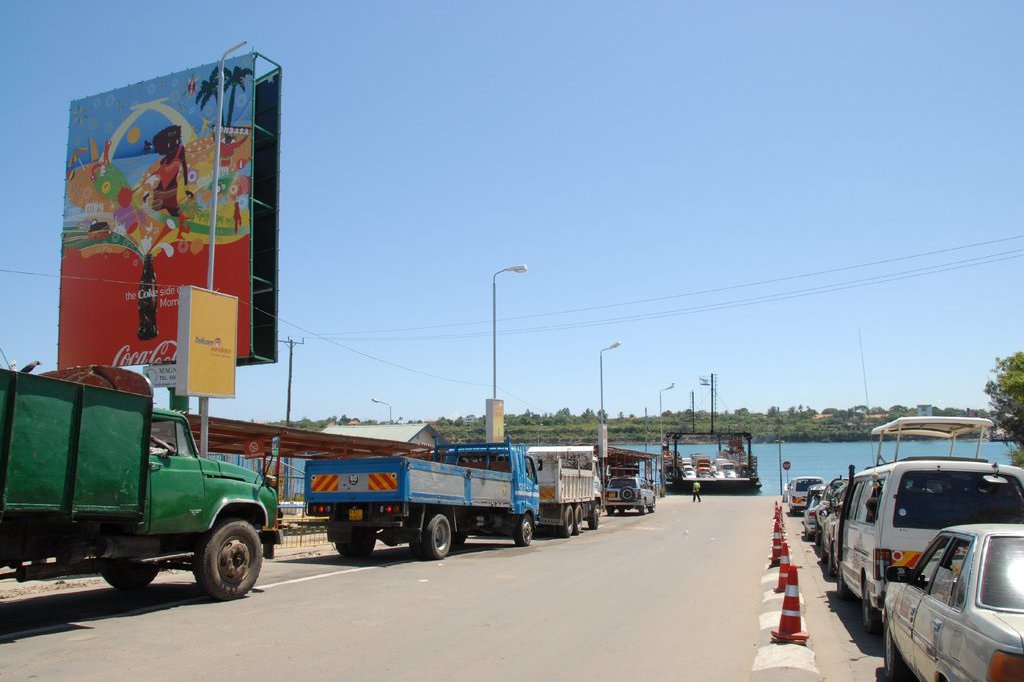More new vehicle registrations and rising population figures: By 2050, road traffic in Kenya will grow rapidly in terms of vehicle kilometers. This will also increase greenhouse gas emissions. On behalf of the Deutsche Gesellschaft für Internationale Zusammenarbeit (GIZ), INFRAS has calculated the CO2 reduction potential of four mitigation options in Kenya's transport sector: the modal shift from road to rail, more efficient passenger vehicle fleets, electrified vehicle fleets and more efficient freight transport. Measures for more efficient freight transport have the greatest savings potential under the assumptions made. Compared with a basic scenario for all road transport, this measure could reduce CO2 equivalent emissions by more than 6 percent. The CO2 reduction potential of an electrified vehicle fleet, meanwhile, depends heavily on the electricity mix used.

Background: A methodology report by INFRAS explains the calculations and assumptions on the reduction potential of selected mitigation options in the transport sector, which were identified in the National Climate Change Action Plan (NCCAP) for Kenya for the period 2015 to 2050. An important data basis for the project was the Handbook on Emission Factors for Road Transport (HBEFA). The analyses contribute to the project "Advancing Transport Climate Strategies" (TraCS). Therein, the Kenyan Ministry of Transport and the German Society for International Cooperation (GIZ) are developing various climate protection measures.

